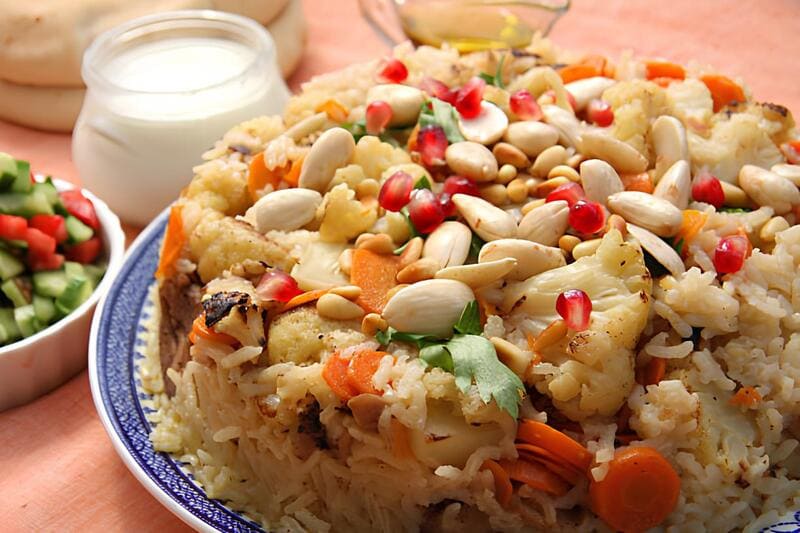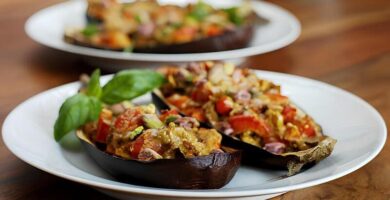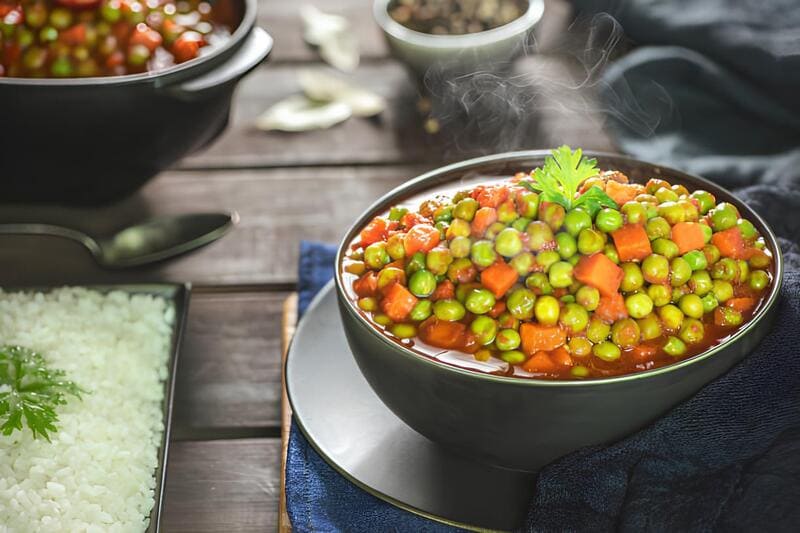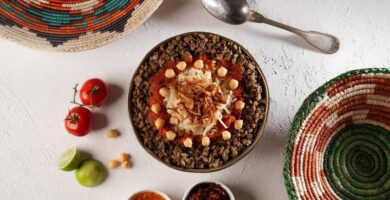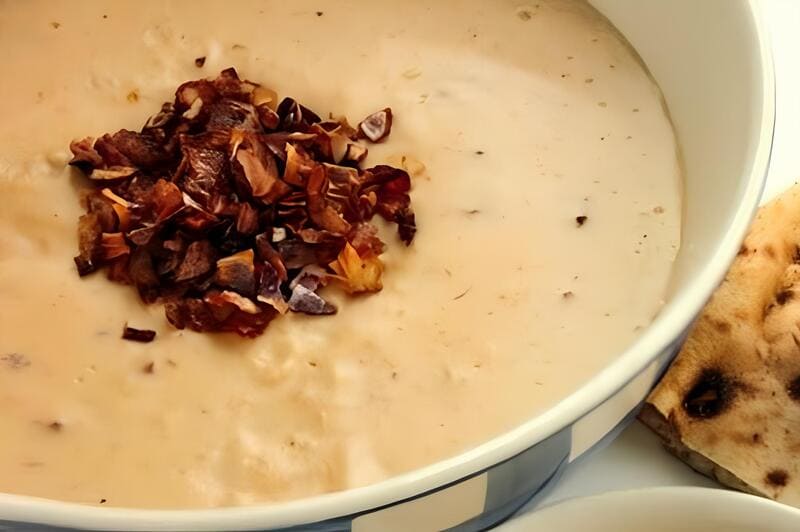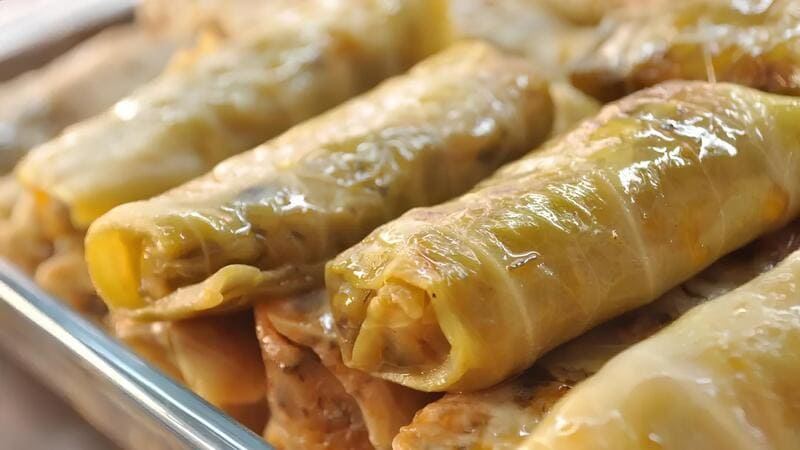
Chicken Biryani is a beloved Middle Eastern dish, particularly enjoyed in Egypt and throughout the Arab world. Originating from the Indian subcontinent, this flavorful and aromatic rice dish has various regional adaptations, each offering a unique taste experience. It stands out due to its rich blend of spices and diverse ingredients, making it a crowd-pleaser for any festive gathering.
A hallmark of Chicken Biryani is its engaging preparation method, which layers spiced chicken with aromatic rice. The use of Biryani mixed spices infuses the dish with a complex, satisfying flavor profile. For those looking to incorporate Arabic flavors into their cuisine, this recipe provides a perfect starting point, offering both tradition and a burst of taste.
Ingredients
- Vegetable oil and olive oil (optional for added flavor)
- 2-3 onions, thinly sliced
- Skinless chicken pieces
- 1 teaspoon of garlic paste
- 1 teaspoon of ginger paste
- 1 tablespoon of Biryani mixed spices
- 4-5 bay leaves
- 1 teaspoon of turmeric
- 8-10 small dried prunes (or 5 large ones)
- 2-3 diced tomatoes
- 1 cup of soft sour yogurt
- 1 cup of water
- 2-3 diced potatoes
- Salt to taste (preferably sea salt)
- 1 green hot chili pepper
- Basmati rice
- Coriander (a whole pack)
- Mint (a whole pack)
- 2 lemons, sliced
- Fried onions for garnish
Preparation
- Heat vegetable oil in a pot, adding a little olive oil for flavor if desired.
- Peel, cut, and thinly slice the onions. Add the sliced onions to the pot on high heat and cook until completely browned and crispy.
- Add the skinless chicken pieces, and sauté them until they change color, approximately 5 minutes.
- Incorporate garlic paste and ginger paste, stirring and cooking for another 5 minutes.
- Add Biryani mixed spices, bay leaves, and turmeric for color. Stir well.
- Add dried prunes, then dice tomatoes and add them to the chicken.
- Pour a full cup of yogurt, including the liquid, and one cup of water to cover the chicken.
- Dice the potatoes and add them on top of the chicken mixture.
- Sprinkle in salt to taste and add a green hot chili pepper. Stir well, cover, and let it cook for about 30 minutes on low heat.
- In the meantime, boil water in another pot, rinse the basmati rice, add it to the boiling water, cook for 5 minutes, and drain.
- Chop coriander and mint, slice lemons, and set aside.
- Begin layering: in a pot, add a bit of oil, the first layer of rice, then the chicken and potatoes, followed by coriander, mint, and lemon slices. Repeat with another layer of rice, coriander, mint, and fried onions.
- Dig shallow holes to add optional food color carefully. Cover the pot with a towel and lid, cooking for 15 minutes.
- Serve by scooping from one side, adding garnishes such as fried onions, lemon slices, and chopped coriander.
Did you know?
Chicken Biryani is not only known for its tantalizing taste but also for its cultural significance. In many Middle Eastern and South Asian countries, it is often prepared during holidays, weddings, and other significant celebrations. The name “Biryani” is derived from the Persian word “beryan,” meaning fried or roasted. This highlights the traditional cooking techniques used, such as frying the onions until they’re crispy to add a unique texture to the dish.
One fascinating aspect is the regional variations of Biryani. For instance, in Pakistan, ingredients can vary dramatically from one province to another. Some regions might include boiled eggs or fried potatoes, while others might emphasize different spice blends. Because of these variations, Biryani can taste quite different depending on where it’s made, yet it always retains its core identity of being a richly spiced, layered rice dish.
In the Arab world, a common convention is to flip the Biryani pot upside down when serving, similar to the traditional serving method of another beloved dish, Maqluba. However, experts suggest scooping the Biryani from the side to maintain its layered integrity. The inclusion of this small detail can significantly enhance the presentation and preserve the intended flavors.


